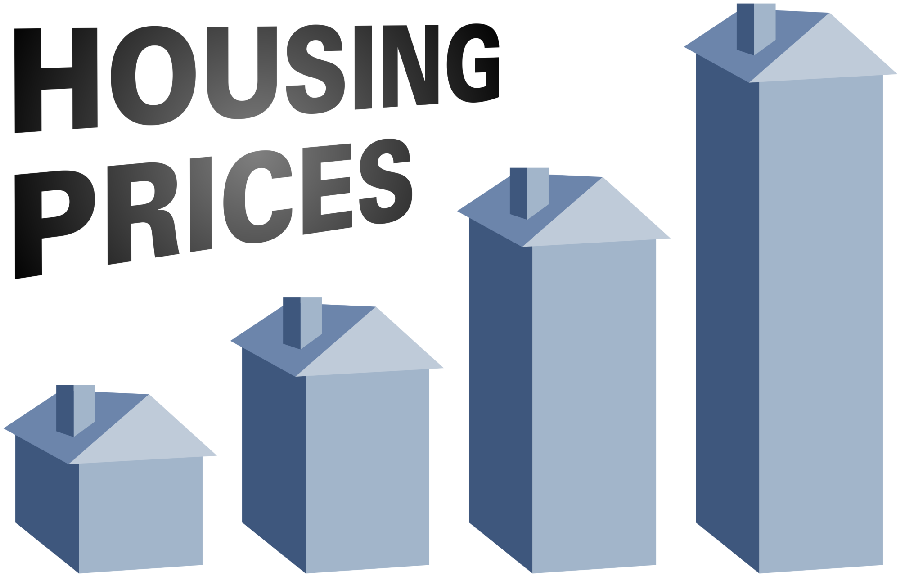Even an expected pick up in the country’s economic growth in fiscal year 2016, wouldn’t be enough for common man to buy is dream home due to persistently high prices of residential properties, India ratings said.
Home prices are unlikely to correct from the current higher levels in 2015-2016 even as inventories are being piled up with investors pumping in money raised through debt and other hybrid instruments.
Property prices have remained high and unaffordable to end-customers. While economic growth is likely to improve in FY16, property prices might not correct. This could lead to end-customers postponing purchase decisions.
Even property consultant CBRE on Tuesday pointed out that housing sales fell by about 30 percent last year in seven major cities due to costlier flats and higher interest rate.
The general slackness in residential sales was primarily triggered by the Affordability Index going down in certain cities.
Residential property launches and sales were at a three-year low during the December quarter across the six tier-I cities— NCR, Mumbai, Kolkata, Bangalore, Chennai and Hyderabad. According to the report, new launches have fallen by 43% in Mumbai, followed by 30% drop in Hyderabad. A 24% in the number of project launches in 2014 compared with 2013, Bengaluru 13%, Pune 26% and Chennai 25%.
Consequently, brokerage do not expect real estate companies to see a revival in home sales. The agency, however, expects a pick-up in demand for both office and retail spaces during fiscal year 2016 “because better economic growth will boost net hiring by IT/ITeS and banking financial services insurance sectors and better customer sentiments will revive the expansion plans of both local and foreign retailers.
According to the assessor, any improvement in demand for houses will depend on not only a positive change in consumer expectations of economic growth, job and income prospects but also lower property prices.
On the other hand, even though the demand in the residential property is likely to remain subdued, the companies are likely to continue building up inventory levels using bank funding, the agency said.
As of September, the inventory levels in various cities in the country had hit an all-time high. According to this article, Mumbai had the highest inventory of 50 months, followed by Gurgaon at 30 months, Hyderabad at 27 months, Bangalore at 22 months, Chennai at 20 months and Pune at 21 months. The number of months denotes the time estimated for a company to completely sell its apartment stock.
The increase in inventory level is because of the falling demand and sales in the sector as genuine buyers are deterred because of logic-defying high prices. For instance, in Mumbai a two-bedroom flat is priced anywhere above Rs 1.2 crore even in distant suburbs like Thane.
According to India Ratings, sales of fresh residential units (in sq ft) by listed real estate companies continued to decline during 2014, falling 25.6% for the 12 months ended September 2014. The fall in sales can also be gauged from the sharp decline in the 12-month trailing disbursements of housing loans during in first half of current financial year.
However, builders have been able to hold on to the high prices because of the support they get from the investors.
And this investor interest is likely to continue unabated through the next financial year.
The interest of investors in the sector remains high, especially in rent-yielding commercial properties. Transactions continue in the residential segment though investors are now using structures such as debt or debt-like hybrid instruments and bulk unit purchases, instead of equity investments to better secure their interests.
Adding to the inflation in the sector are the the Narendra Modi government’s policies. In a bid to increase the money flow into the fund-starved sector, the government had recently opened up the FDI window.
This move, which was aimed at handholding a sector where most of the companies are reeling under huge debt, had killed any hope of price decline. Had the fund flow continued to remain restricted, the companies would have been forced to cut the prices to dilute their inventory and raise funds.
The rating agency says the new guidelines for the introduction of real estate investment trusts and the clarification of tax pass-through status for such vehicles will also improve fund availability to companies owning rent-yielding assets.
However, if the companies continue to build on inventory levels it is likely to result in deterioration of their credit metrics further next year, the rate agency has warned, keeping a negative to stable outlook on the real estate sector for the next year.
Their EBITDA margins could become stable during FY16, as commodity prices are likely to be under control. However, some margin erosion may be seen due to overheads, if sales do not increase.
Margins declined marginally during 2014 due to the companies, inability to pass on increases in input prices to end-customers and falling sales.
Another concern is increased use of debt/hybrid instruments by investors, as this only shifts the funding gap to the redemption date with high funding costs.
